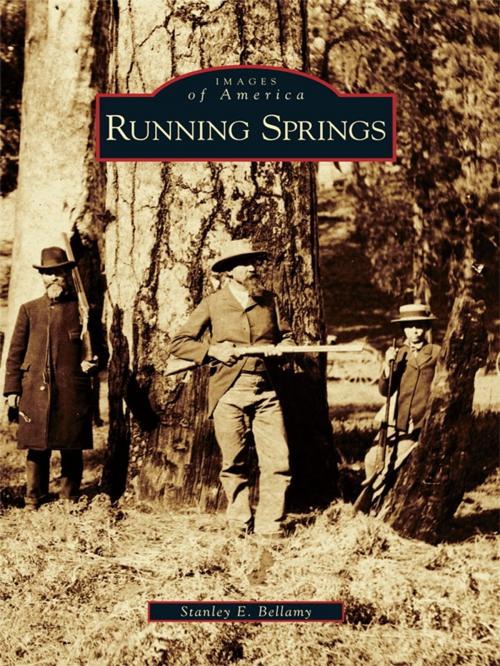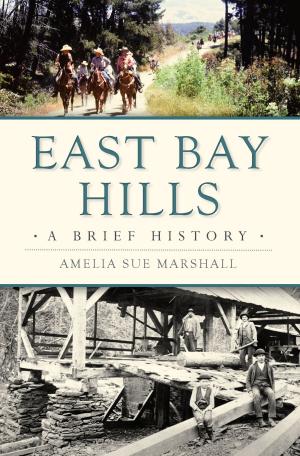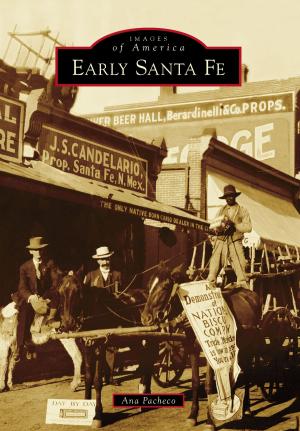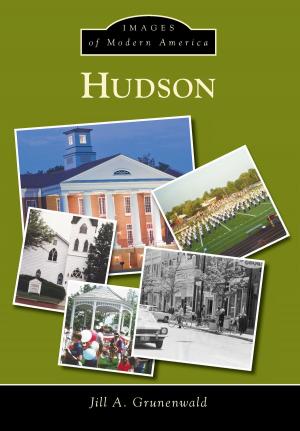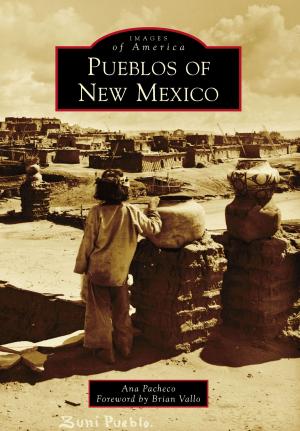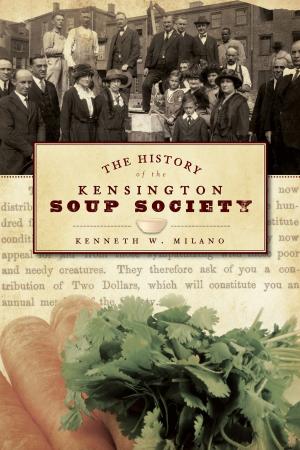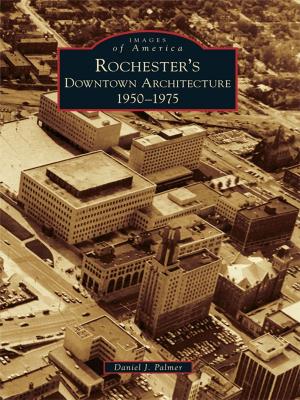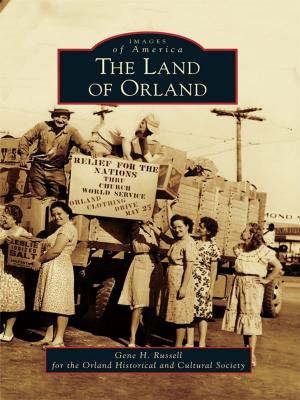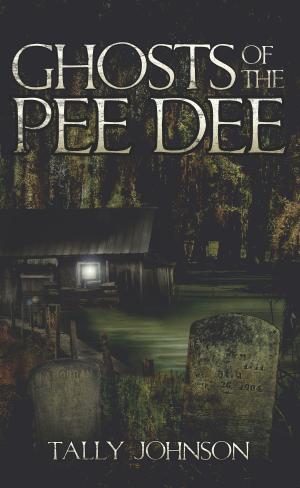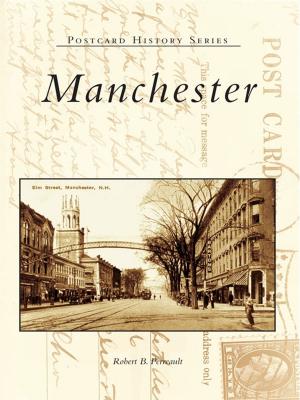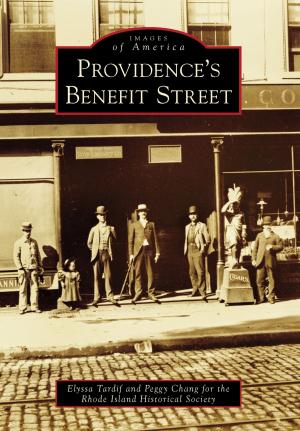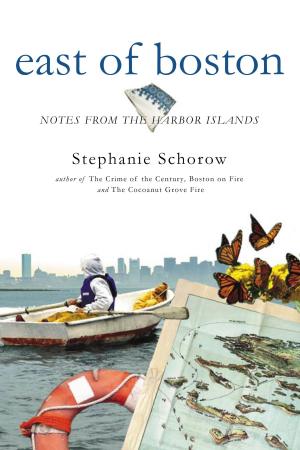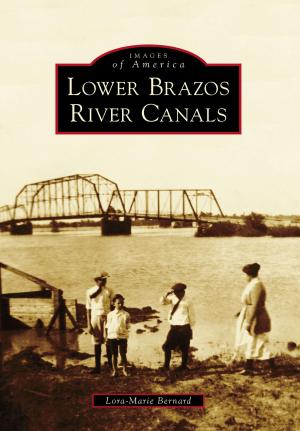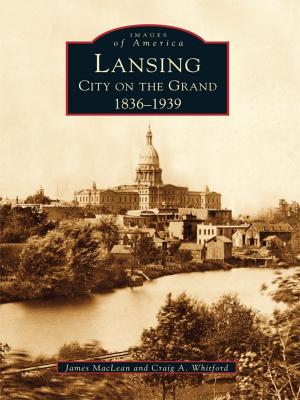| Author: | Stanley E. Bellamy | ISBN: | 9781439634035 |
| Publisher: | Arcadia Publishing Inc. | Publication: | February 14, 2007 |
| Imprint: | Arcadia Publishing | Language: | English |
| Author: | Stanley E. Bellamy |
| ISBN: | 9781439634035 |
| Publisher: | Arcadia Publishing Inc. |
| Publication: | February 14, 2007 |
| Imprint: | Arcadia Publishing |
| Language: | English |
For centuries, the mountains and valleys that became the Running Springs area have swelled with natural resources, supplying the hunting and gathering needs of Native Americans who harvested acorns and herbs and hunted deer and other wildlife to sustain themselves through the winters in the valleys below. Nineteenthcentury gold prospectors passed through the Running Springs vicinity on their way to the Holcomb Valley. Lumbermen came to harvest the virgin timber, supplying the construction requirements of the booming population of Southern California as well as the need for �shook,� the thin-shaved boards used to make packing and shipping boxes for the fast-growing citrus industries. The early days of Running Springs are detailed in this winding trip through San Bernardino County�s namesake mountains in vintage photographs, which also profile the nearby settlements of Arrowbear Lake and Green Valley Lake.
For centuries, the mountains and valleys that became the Running Springs area have swelled with natural resources, supplying the hunting and gathering needs of Native Americans who harvested acorns and herbs and hunted deer and other wildlife to sustain themselves through the winters in the valleys below. Nineteenthcentury gold prospectors passed through the Running Springs vicinity on their way to the Holcomb Valley. Lumbermen came to harvest the virgin timber, supplying the construction requirements of the booming population of Southern California as well as the need for �shook,� the thin-shaved boards used to make packing and shipping boxes for the fast-growing citrus industries. The early days of Running Springs are detailed in this winding trip through San Bernardino County�s namesake mountains in vintage photographs, which also profile the nearby settlements of Arrowbear Lake and Green Valley Lake.
